Elements of Weather and Weather Instruments
- Temperature
- Air (Atmospheric) Pressure
- Wind (Speed & Direction
- Humidity
- Precipitation
- Visibility
- Clouds (Type & Cover)
- Sunshine Duration
Weather Instruments and Their Uses
Barometers measure atmospheric pressure, providing the measurement in millibars. Under most conditions, high and rising pressure indicates sunny weather, while low and falling pressure indicates approaching rain. The traditional aneroid barometer first appeared in the 1840s. The microbarograph also measures air pressure but records its continuous measurements on paper.
Humidity Sensors
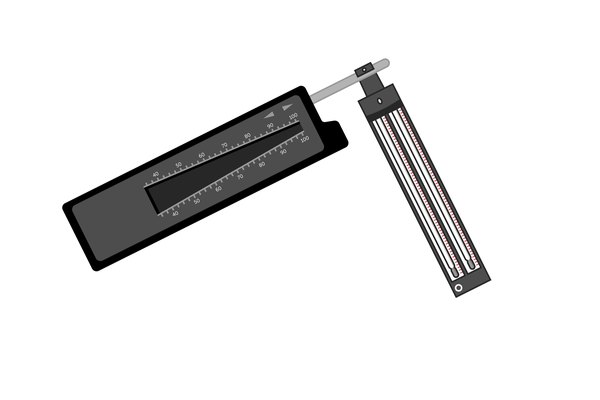
Hygrometers measure temperature and humidity using degrees Celsius and degrees Fahrenheit. One type of hygrometer, called a sling psychrometer, uses one dry and one wet bulb thermometer to measure the relative humidity of the air. Some older hygrometers used a sheaf of hair, which increases in length as relative humidity increases.
Wind Speed
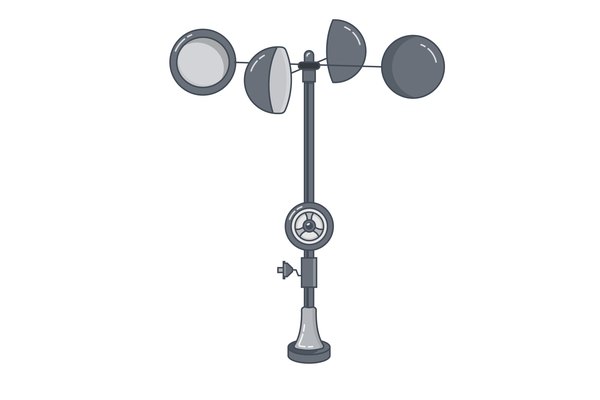
Anemometers measure the direction and speed of wind in miles per hour. A common type of anemometer has three cups fixed to a mobile shaft. As the wind blows faster, the cups spin around faster. The actual speed of the wind shows up on a dial. Another type of anemometer uses a propeller instead of cups to accomplish the same function.
Wind Vane
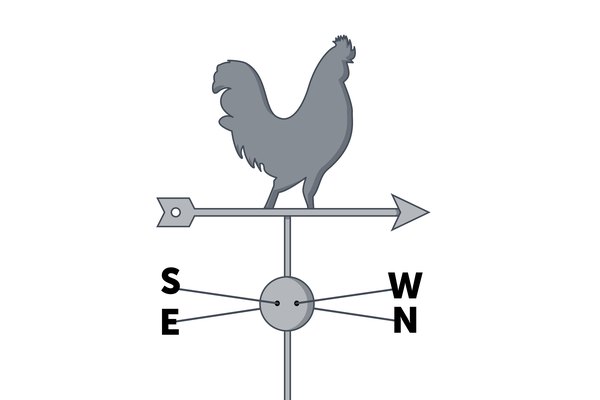
A wind vane, also called a wind sock, measures the direction of the wind at any given point in time. A weighted arrow spins around a fixed shaft and points north, south, east or west, typically marked on separate fixed shafts parallel to the arrow.
Rain Gauge
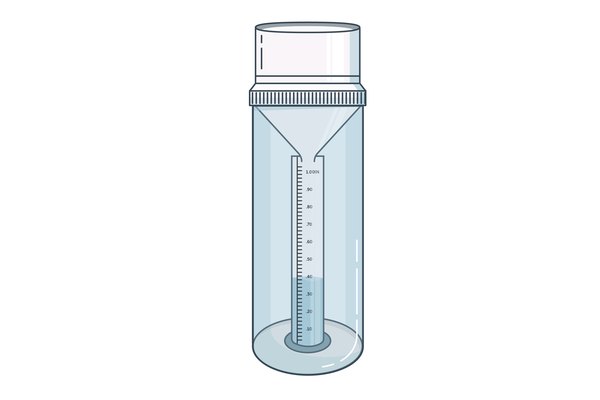
A rain gauge measures the amount of rainfall. The standard rain gauge consists of a long, narrow cylinder capable of measuring rainfall up to 8 inches. Many rain gauges measure precipitation in millimeters, or to the nearest 100th of an inch. Other gauges collect the rain and weigh it, later converting this measurement into inches.
Hail Pad

Hail pads measure the size of hail that falls during a storm. A standard hail pad consists of florist's foam and aluminum foil. The falling hail strikes the foil and creates dimples for the observer to measure after the storm.
Campbell Stokes Recorder
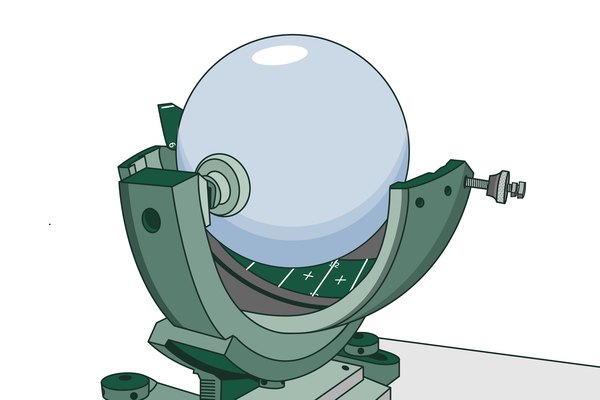
The Campbell Stokes Recorder measures sunshine. Sunlight shines into one side of a glass ball and leaves through the opposite side in a concentrated ray. This ray of light burns a mark onto a thick piece of card. The extensiveness of the burn mark indicates how many hours the sun shone during that day.
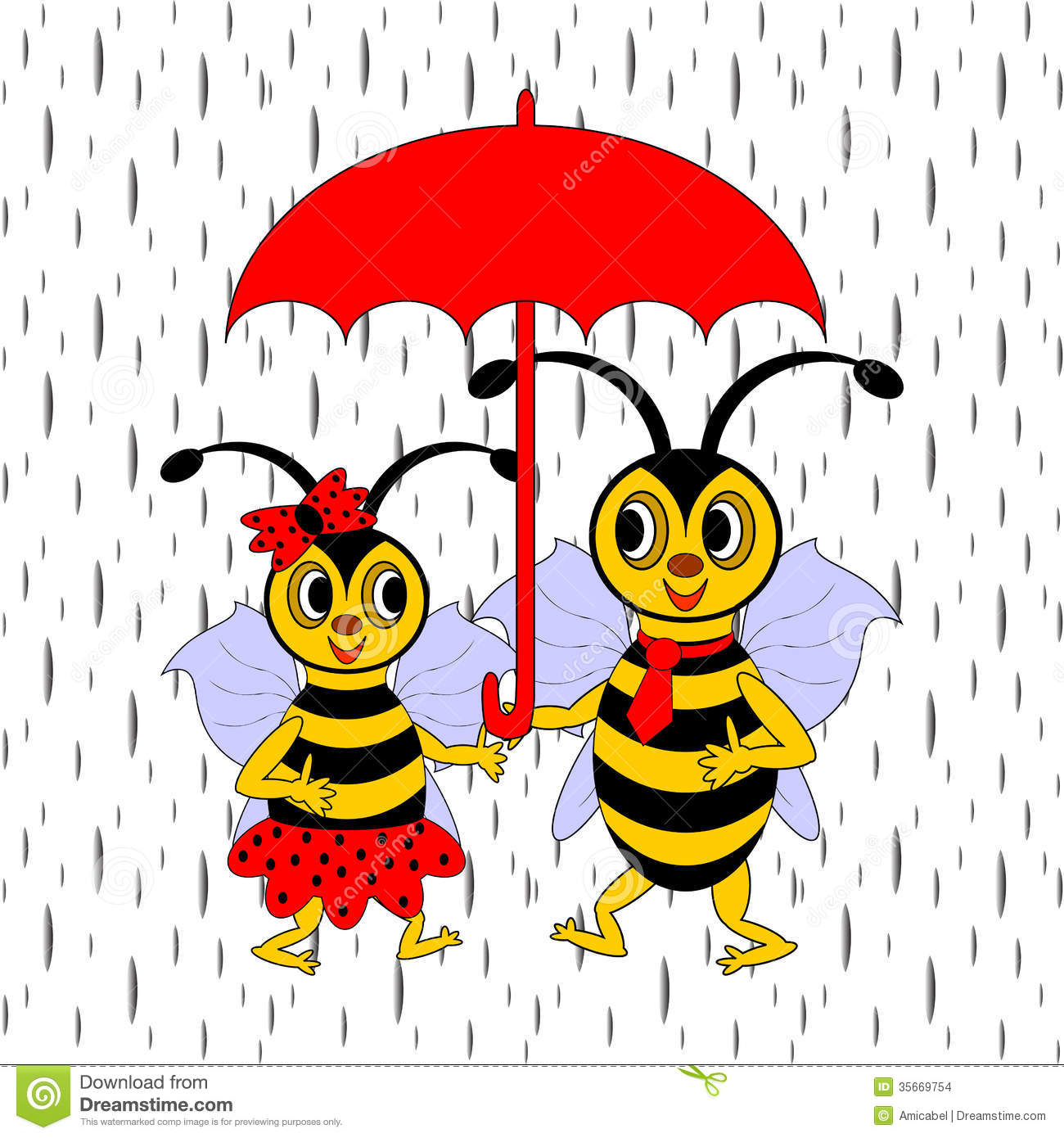
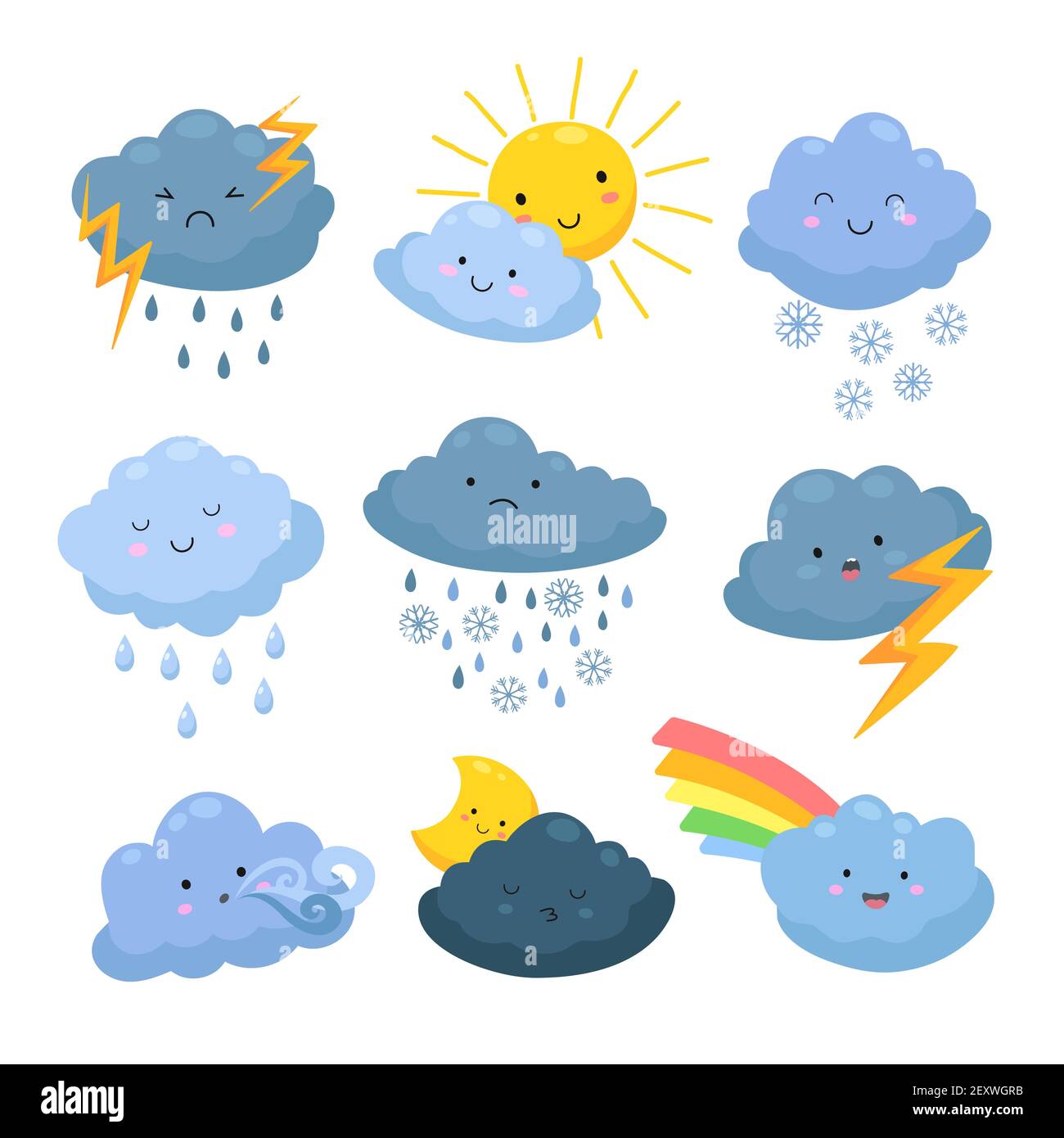


Comments
Post a Comment